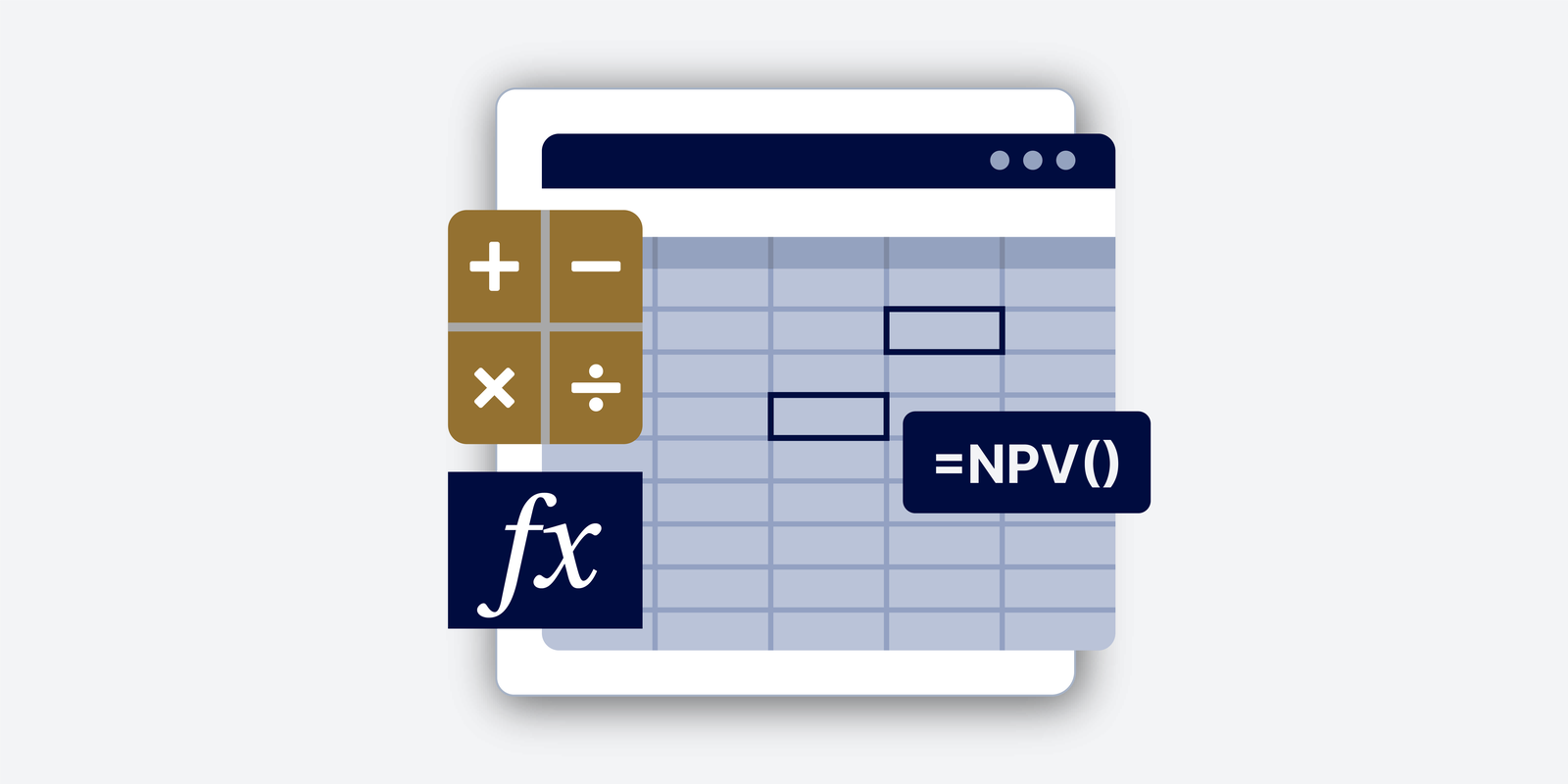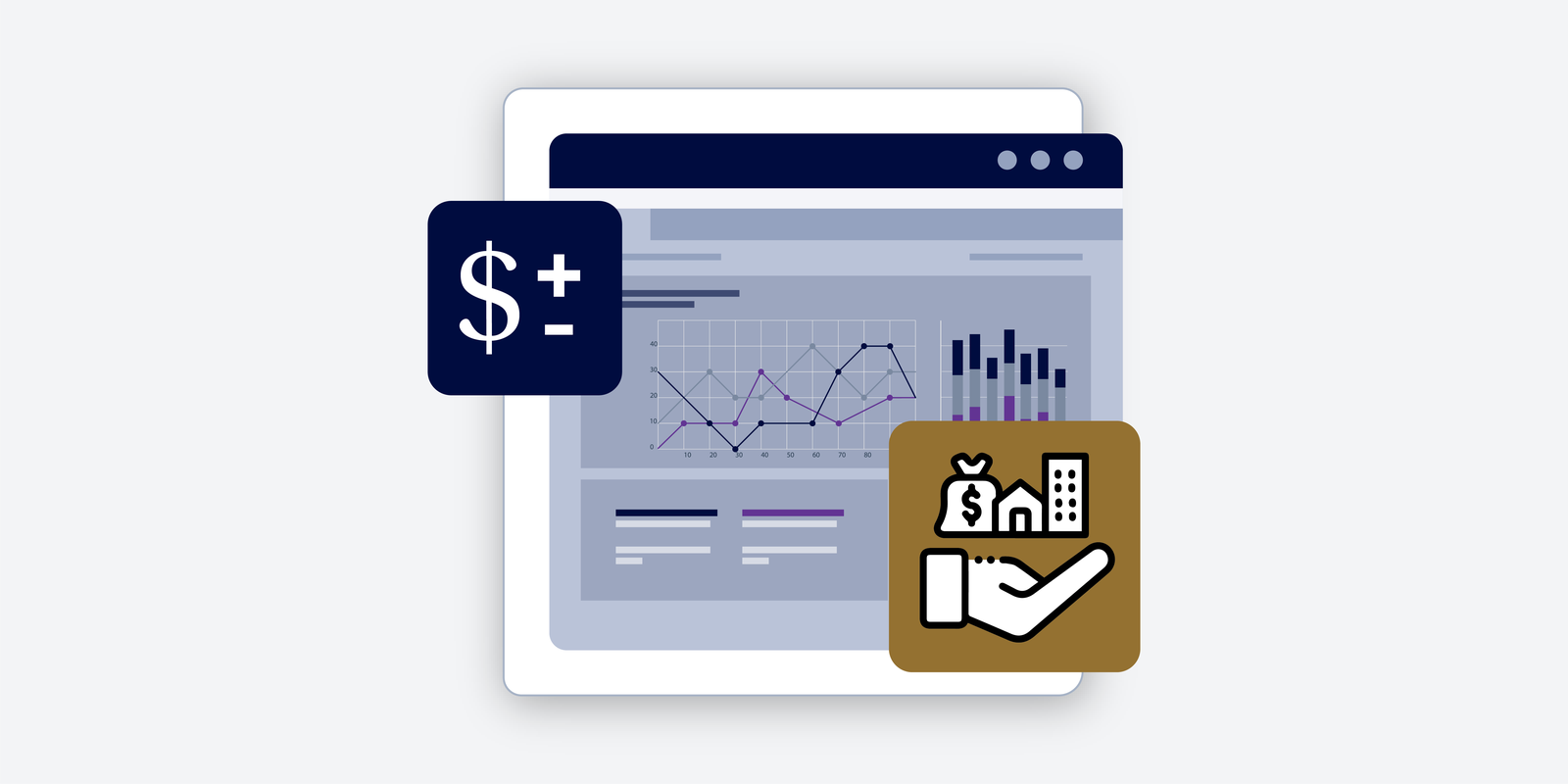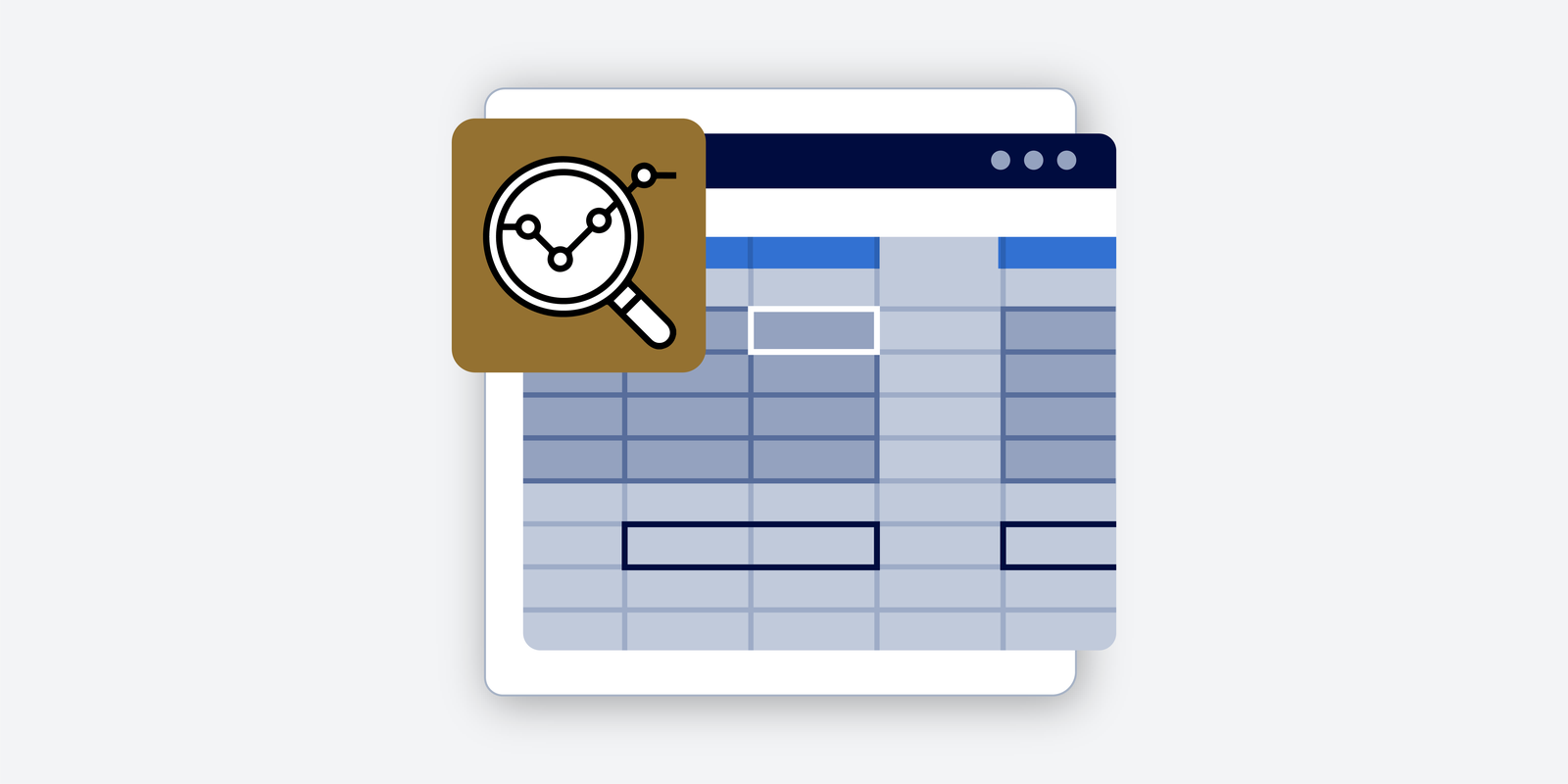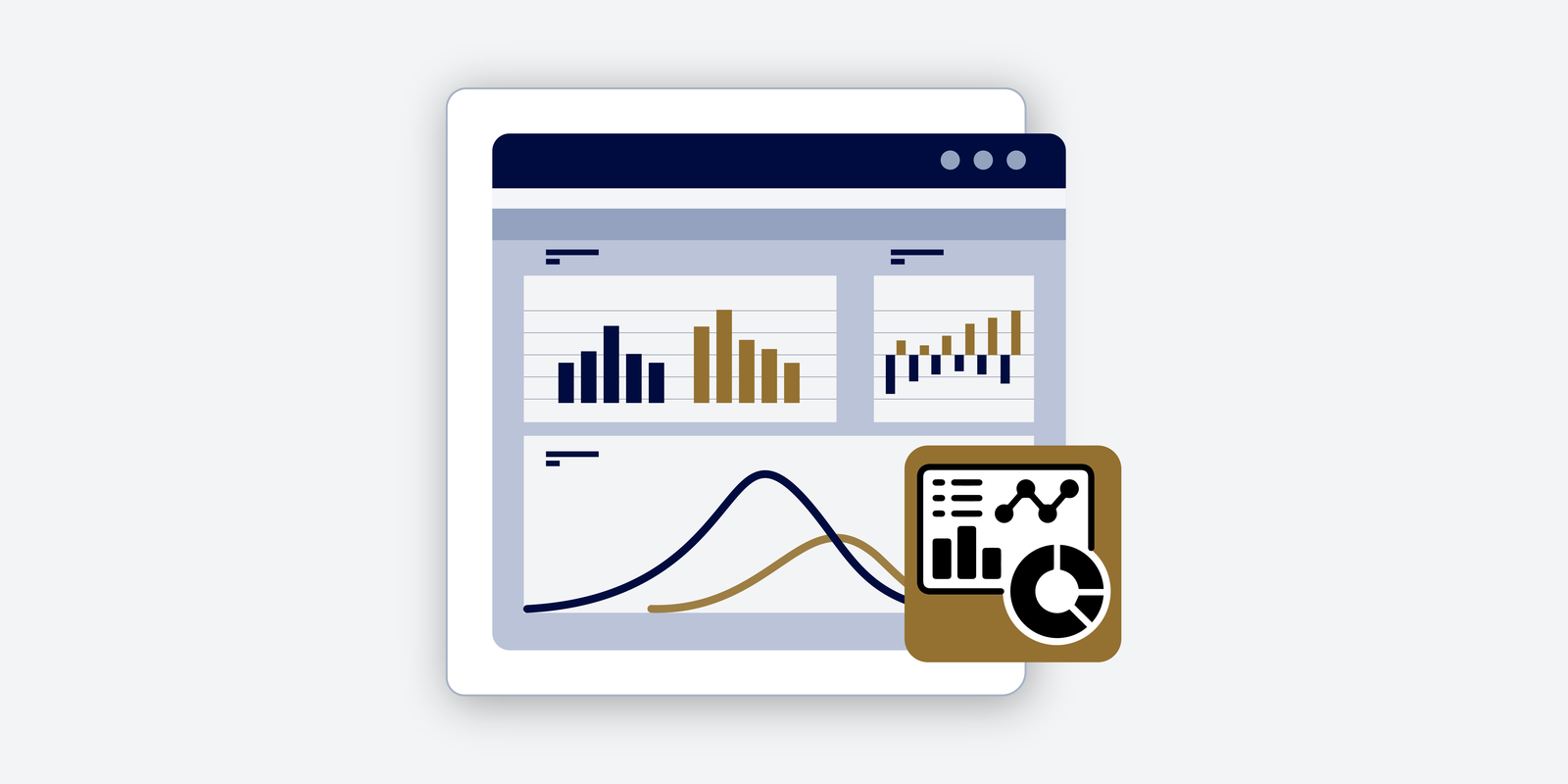Marginal Rate of Technical Substitution (MRTS)
What is the Marginal Rate of Technical Substitution (MRTS)? The marginal rate of technical substitution (MRTS) is the measure with which one input factor is reduced while the next factor is increased without changing the output. It is an economic illustration that explains the level at which one factor of input must decline. While maintaining…





